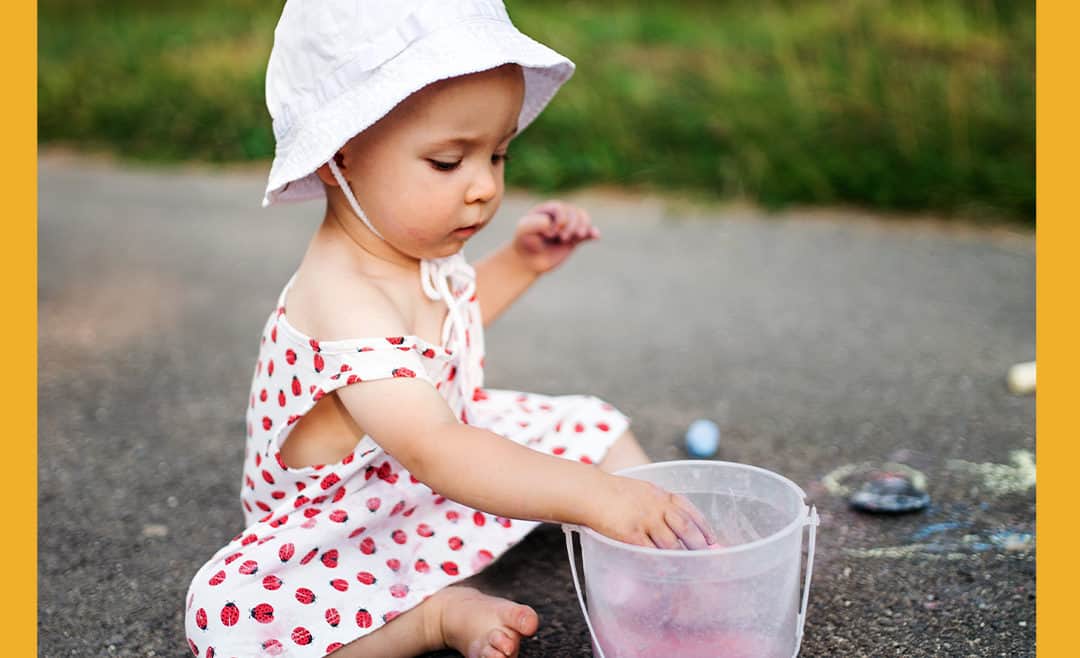Happy May! This month, the PTN team and people across the country are celebrating Better Hearing and Speech Month (BHSM). During BHSM, we’re provided with, “an opportunity to raise awareness about communication disorders and the role of ASHA members in providing life-altering treatment,” says the American Speech-Language-Hearing Association.
At PTN, we believe this is a great time to recognize potential hearing and speech problems and also guide parents so they can take appropriate action. Unfortunately, due to the current situation happening around the world, it may be hard to get access to a speech therapist for your child, leading to you (the parents) taking over that all-important role.
However, just because you may have to lead speech therapy at home doesn’t mean it can’t be fun for both you and your child! There are many ways in which you can incorporate speech therapy and language learning through engaging activities, games, movement, and more.
If you feel like you’ve tried everything under the sun but your child doesn’t seem to be interested in working on their speech development, we get it. We also understand how stressful this can be for not only parents but for children. For this reason, we have come up with a few simple ideas that can make speech therapy a time that you and your child look forward to. Take a look:
1. Take a Bike Ride to a Pretend Place
If your child is old enough to ride a bike, you can take a bike ride to a pretend place together. To start this activity put on your helmets and get ready to ride! Ask your child to come up with a pretend place that you two will ride to – a castle, an ice cream parlor, the ocean, etc. While you’re riding, ask your child questions about the location you’ll be visiting. For example, if your child said that you’ll be visiting a castle, you could ask them questions such as, “What does the castle look like?” or “What type of animals live at the castle?”. Once the bike ride is over, you can go inside and have your child create a drawing of the imaginary place you visited, or go on another adventure!
2. Play, Guess What I’m Sculpting
Believe it or not, playdough is a great speech therapy tool. For this activity, you only need one tub of playdough to share between you and your child. You’ll each take turns sculpting something while the other person guesses what the sculpture is. You can even go the extra mile during this activity by having your child/you give clues on what they’re creating while they’re the sculptor.
3. Go on a Picture Scavenger Hunt
Picture scavenger hunts are a fun way to get some of your child’s energy out while working on those all-important speaking skills. You’ll need to print out some pictures of common objects that are around your house (bed, television, window, etc.). Hand your child one picture card at a time and have them describe what the object looks like. Ask them questions like what color the object is, what room of the house that object is in, and finally, what the object is. Once they correctly describe or name the object, have your child run to that object and place the card down. Repeat until all the cards are placed in their correct location!
4. Get Creative With Sidewalk Chalk Art
Who doesn’t love playing with sidewalk chalk? We know we sure do! All you’ll need for this activity is some sidewalk chalk and your imagination. Sit with your child on your driveway or sidewalk and decide on a picture or object you’re going to create together. Next, take turns saying what you’ll add to the drawing.
For example, you and your child decide that you want to draw a dog. You could start by saying that you’re going to draw a circle for a face. Then, your child might say, “I’m going to draw the nose”, you might then say, “I’m going to draw an ear.” and so on. Continue switching off being the artist until you have a fully completed masterpiece!
During these trying times, it’s important to stay on top of your child’s speech therapy/speech development. If you are concerned that your child may be falling behind, don’t be afraid to contact a speech therapist to find out how you can help your child.
You can learn more about Better Hearing and Speech Month by going to the American Speech-Language-Hearing Association website.




